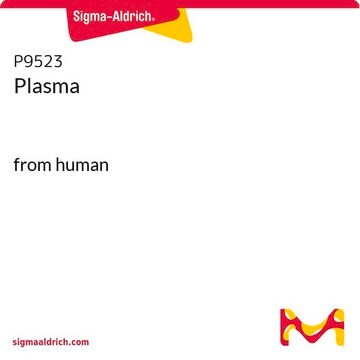662488
Lumidot™ CdSe
610, core-type quantum dots, 5 mg/mL in toluene
Synonym(s):
Cadmium monoselenide, Cadmium selenide
About This Item
Recommended Products
form
dispersion
concentration
5 mg/mL in toluene
particle size
4.7-5.2 nm
λmax
585-595 nm
fluorescence
λem 605-615 nm
storage temp.
2-8°C
InChI
1S/Cd.Se
InChI key
AQCDIIAORKRFCD-UHFFFAOYSA-N
Looking for similar products? Visit Product Comparison Guide
General description
Application
Analysis Note
Other Notes
Legal Information
Signal Word
Danger
Hazard Statements
Precautionary Statements
Hazard Classifications
Aquatic Chronic 2 - Asp. Tox. 1 - Flam. Liq. 2 - Repr. 2 - Skin Irrit. 2 - STOT RE 2 - STOT SE 3
Target Organs
Central nervous system, Respiratory system
Storage Class Code
3 - Flammable liquids
WGK
WGK 3
Flash Point(F)
39.2 °F
Flash Point(C)
4 °C
Personal Protective Equipment
Certificates of Analysis (COA)
Search for Certificates of Analysis (COA) by entering the products Lot/Batch Number. Lot and Batch Numbers can be found on a product’s label following the words ‘Lot’ or ‘Batch’.
Already Own This Product?
Find documentation for the products that you have recently purchased in the Document Library.
Our team of scientists has experience in all areas of research including Life Science, Material Science, Chemical Synthesis, Chromatography, Analytical and many others.
Contact Technical Service











